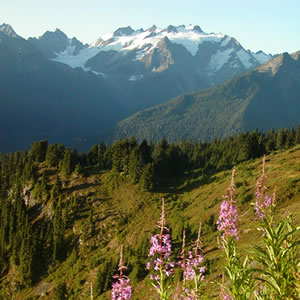
Voluntary Nominations
All member nations of the World Heritage Convention voluntarily nominate their own sites embracing superlative natural or cultural attributes. Among other requirements, the sites must be authentic and meet at least one of several highly stringent criteria for universal value.
Each signatory to the Convention maintains sovereignty over its sites, is responsible for their protection, and pledges to assist others in preservation efforts. Direct authority over individual properties remains with the national, state, tribal, or local government or private organization in charge.
The Secretary of the Interior, through the National Park Service, is responsible for identifying and nominating U.S. sites to the World Heritage List. Proposed U.S. sites must be either federal property, such as national parks, or sites already designated as national historic landmarks or national natural landmarks. Properties not owned by the federal government are nominated only if their owners wish to do so and pledge to protect their property in perpetuity.
While maintaining authority over their own parks, the United States and Canada jointly nominated two World Heritage Sites: Waterton-Glacier and Wrangell-St.Elias/Glacier Bay/Tatshenshini-Alsek/Kluane. The designations underscored the mutually beneficial interaction among the bordering parks in long-term resource management and in such day-to-day activities as mountain and river rescue operations.
The Convention is based on key principles. Each nation retains sovereignty and control over its World Heritage Sites. All participating nations pledge to identify and and protect their key natural and cultural sites as part of the heritage of humanity and to cooperate with each other to achieve that goal.
By 2023, 195 nations had ratified the World Heritage Convention, and 1193 sites in 166 countries had been placed on the World Heritage List.

